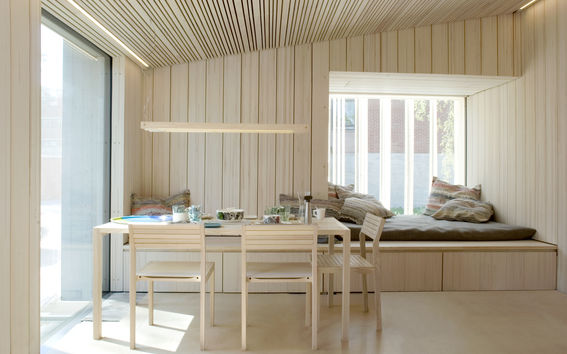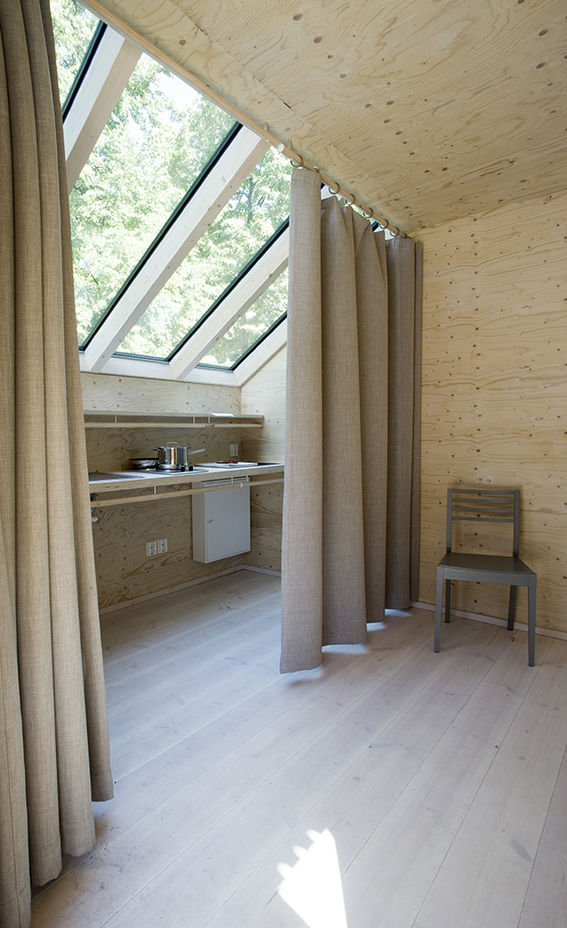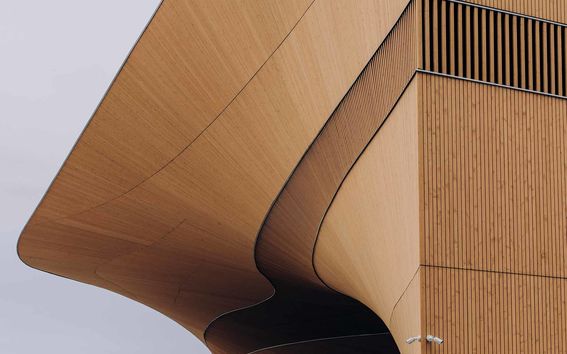Wood is a sustainable building material
Wood is a durable, pleasant, and naturally luxurious material and its benefits in construction are being rediscovered.
During the first wave of urbanisation, concrete was seen as a superior building material and replaced wood in many applications. Since the 1960s, concrete element technology has been used to quickly and efficiently build large buildings and suburbs.
However, in this century, the properties of wood have been modified chemically and mechanically to make products stronger, more uniform, and more resistant to fire and water, so the renewable nature of wood makes it an attractive building material.
Wood is also a beautiful material that absorbs moisture and improves indoor air quality. Interior wood cladding makes spaces feel warmer and reduces the need for heating. There’s also the simple fact that wooden environments and houses give a feeling of cosiness.
Sustainably used wood stores carbon dioxide from the atmosphere for a long period of time. Wood is also being used to develop new bio-based and environmentally friendly products. In addition to developing new products and modifying the properties of wood, the life-cycle of the building’s carbon and material footprints should be optimised, and this could already be addressed in design-phase.
Wood construction on the rise
If ‘wood architecture’ only makes you think of a traditional wooden house or a modest summer cottage, the Wood Wonders exhibition will broaden your horizons.
Wood is increasingly being used as a construction material, and the size of wooden buildings is growing. This means that know-how will also increase, leading to reduced costs, and the development of new materials. The highest wooden building in Finland, a 14-storey student dwelling in Joensuu, was completed this year and the tallest wooden structure in the world - an 85-metre, 18-storey building with apartments, offices and a hotel, was also completed this year in Norway.















